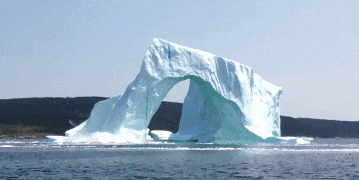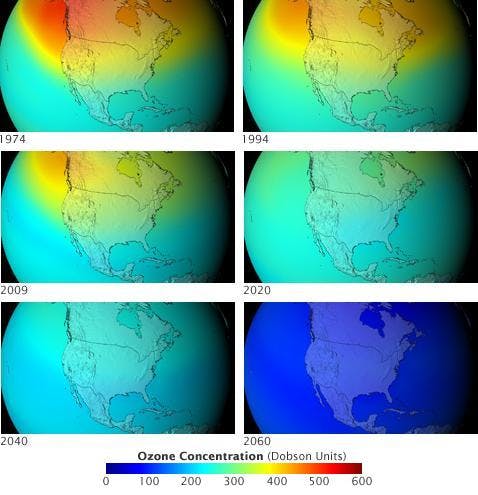Satellite data measured across a 25-year period shows that not only are the seas rising, they’re rising faster and faster – an acceleration that is on track to double the jump in sea levels by 2100 compared with a fixed increase year-on-year.

The acceleration is driven mainly by more and more of the ice in Greenland and Antarctica melting away, according to the scientists, who are warning that more data needs to be gathered to prepare for the effects of sea level rise.
Right now the oceans rise by around 3 millimetres each year, but that number is going up by 0.08 mm every 12 months, the data shows. By the time the next century rolls around, we could be up to a rise of 10 mm every year.
In total we would be looking at a rise of 65 centimetres (25 inches) by 2100, compared with around 30 cm if the annual rises steadied at the current speed.
“This is almost certainly a conservative estimate,” says one of the team, Steve Nerem from the University of Colorado Boulder.
“Our extrapolation assumes that sea level continues to change in the future as it has over the last 25 years. Given the large changes we are seeing in the ice sheets today, that’s not likely.”
The study looked at altimeter readings from various satellites stretching back to 1992, adding in data from climate change models to factor out the variability of events like El Niño and volcanic eruptions, and reach a baseline figure.
Further corrections were made using tide-gauge data collected on the coasts, to tweak and verify the readings provided by the satellites. The end result is a prediction model that matches up very well with forecasts put forward by the Intergovernmental Panel on Climate Change (IPCC) set up by the UN.
According to Nerem and his colleagues, about half of the 7cm (2.76 inch) rise in global mean sea level we’ve seen since 1992 has been down to thermal expansion – the way water takes up more space as it gets warmer.
The other half is down to melting ice sheets, and this is what’s driving the acceleration. Last year another huge chunk of ice began to break off Antarctica, and scientists are worried that it’s now too late for these glaciers to recover.
This new study is by no means the first to suggest the waters are rising at a faster and faster rate. Last year, research published in Nature Climate Change found that the rise-per-year had gone up by 50 percent between 1993 and 2014.
Again, the melting of the Greenland ice sheet was put forward as the primary cause of this acceleration. Perhaps the only positive we can take from all this is that we’re getting a better idea of what we’re up against, and might be able to do something about it.
Now the researchers want to apply the same techniques to a longer period of time, as well as adding in extra measurements from local records, which should help communities prepare for the worst.
“This estimate is useful for understanding how the Earth is responding to warming, and thus better informs us of how it might change in the future,” write the researchers in their published paper.









